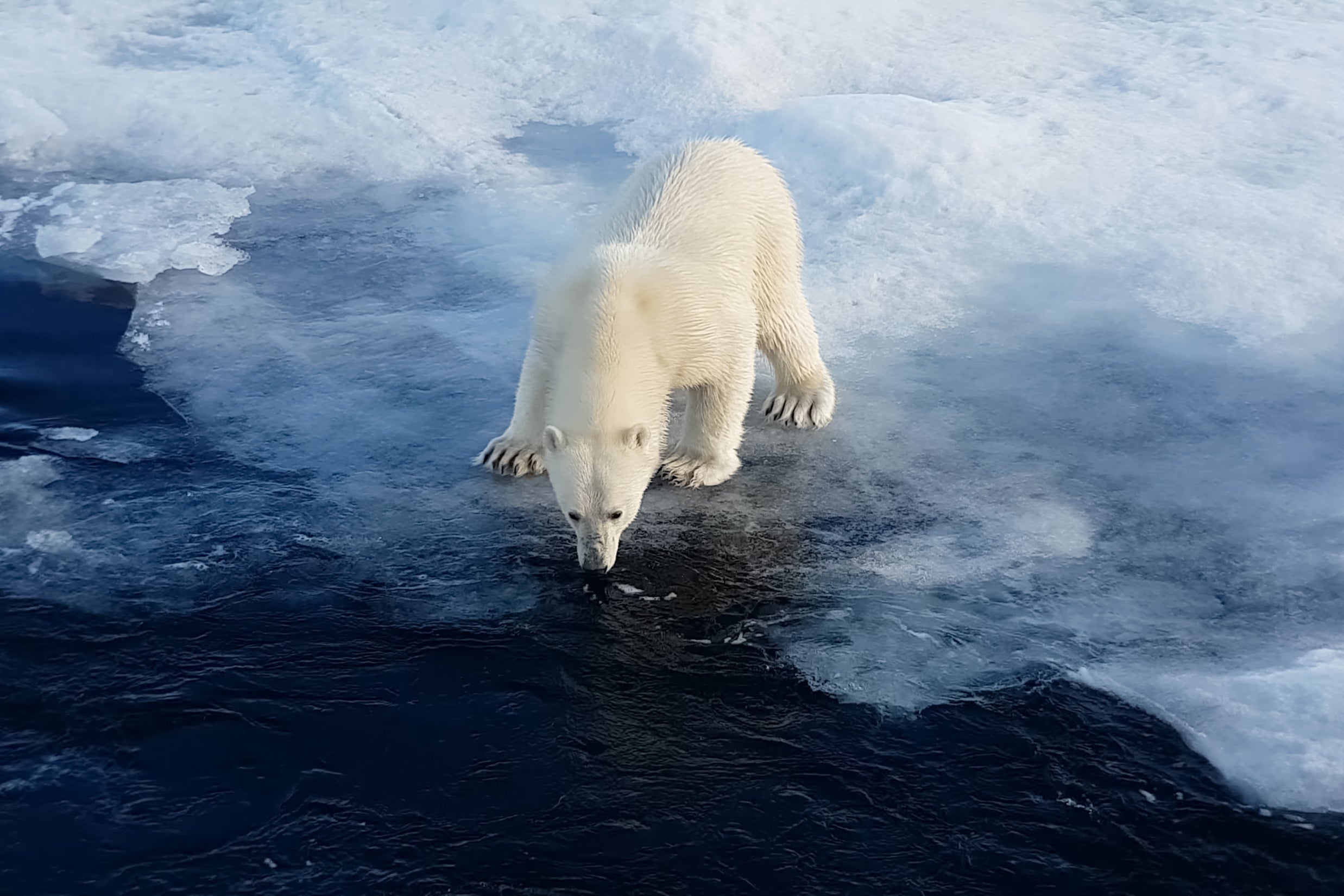Refreezing poles to help reverse climate crisis is possible, scientists claim
New proposal could help combat rising sea levels, researchers say
Refreezing the north and south poles could be a way to manage the climate crisis, scientists have suggested.
In a new study led by Wake Smith at Yale University, researchers proposed that aerosol particles sprayed into the atmosphere from planes could reverse ice loss by partially blocking sunlight, cooling the ice poles as a result.
Scientists believe this could help manage the issue of rising sea levels by slowing the melting of ice.
The concept is called stratospheric aerosol injection (SAI) and would cost £10bn a year, but the researchers say it would cost less than other methods to tackle the climate crisis.
Laid out in the Environmental Research Communications, the plan states roughly 175,000 flights a year would be needed to accomplish this, releasing tonnes of millions of carbon dioxide into the atmosphere.
But Mr Smith, who led the study, warned that the plan would only treat a symptom of the climate crisis and not the cause.
“It’s aspirin, not penicillin. It’s not a substitute for decarbonisation,” he said.

The study is considered controversial because of the number of greenhouse gases that would be released into the atmosphere from the large number of flights carrying the microscopic aerosols.
But the plan is backed by Sir David King, a former government chief scientist and founder of the Centre for Climate Repair (CCR) at Cambridge University, who told Sky News that the climate crisis was at a critical point and requires radical steps.
“The idea is to buy time while we reduce greenhouse gas emissions deeply and rapidly,” he said.

“That’s essential. If we keep on emitting at the current rate, we are cooked.”
Dr Shaun Fitzgerald, the CCR’s director, also told Sky News that the significant number of flights made for the plan would be justified if the “urgent” issue of rising sea levels could be managed as a result.
The researchers also argued that only one per cent of the human population lives in the target deployment zone.
“If the risk-benefit equation were to pay off anywhere, it would be at the poles,” said Mr Smith.

“Any intentional turning of the global thermostat would be of common interest to all of humanity.”
Join our commenting forum
Join thought-provoking conversations, follow other Independent readers and see their replies
Comments


Bookmark popover
Removed from bookmarks